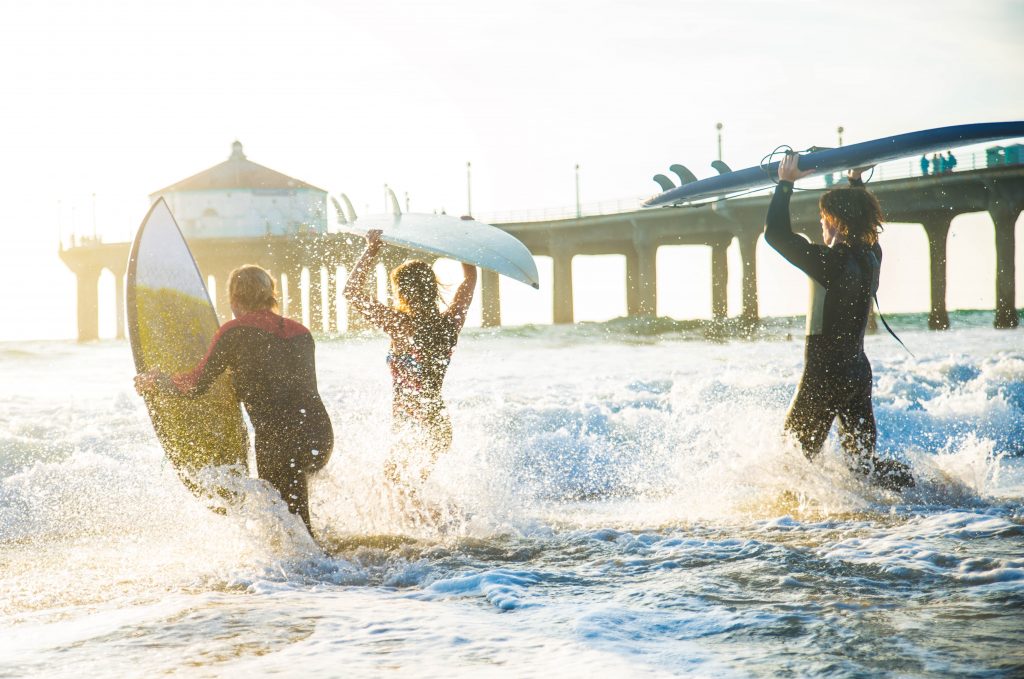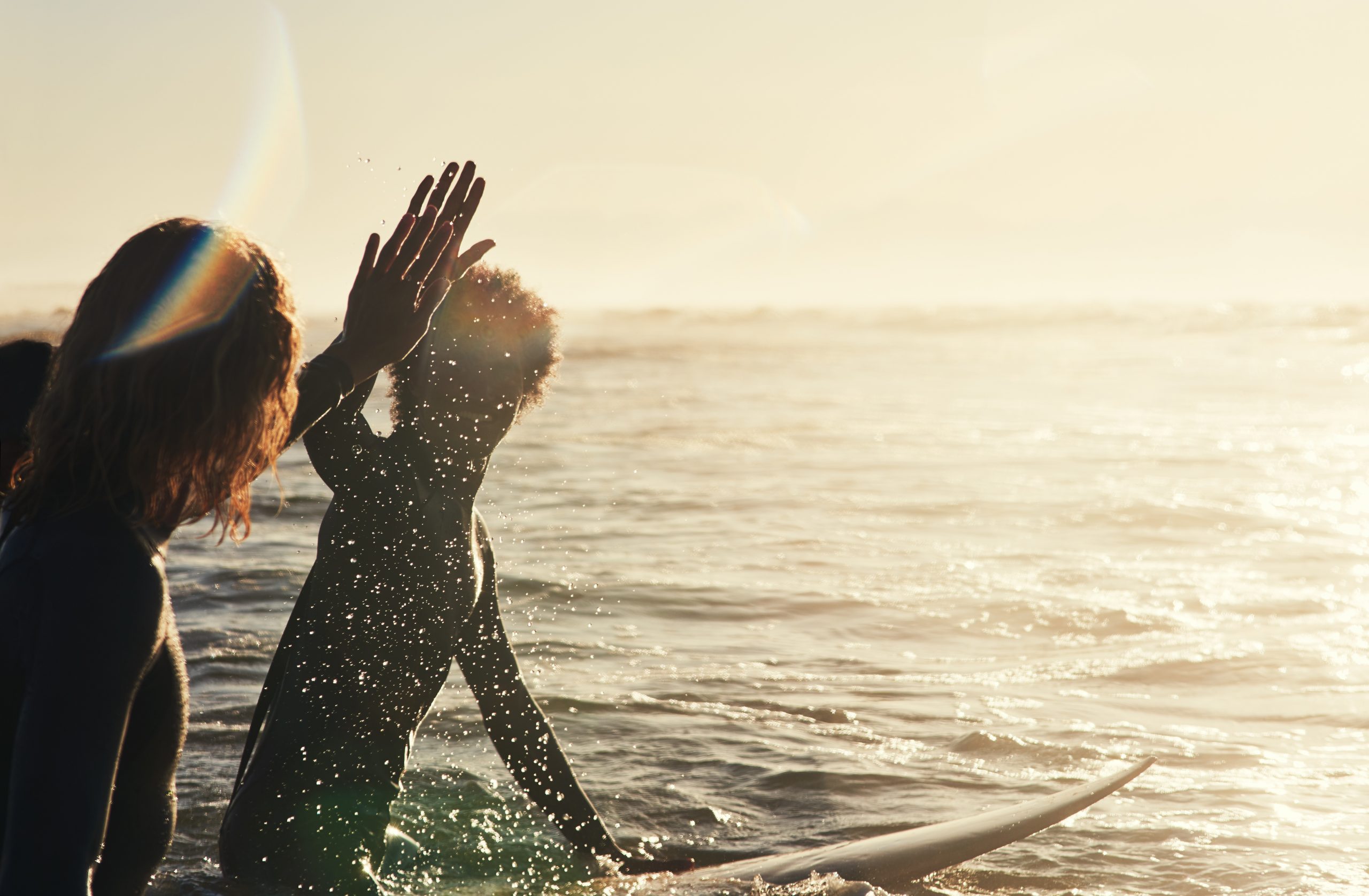Surfing, often referred to as the “Sport of Kings,” has a rich and storied history that spans thousands of years and multiple cultures. This exhilarating activity, which involves riding waves on a surfboard, has evolved from ancient Polynesian roots into a global phenomenon enjoyed by millions.
The origins of surfing can be traced back to ancient Polynesia, with evidence suggesting that the sport has been practiced for over a thousand years, possibly as early as the 4th century A.D. Polynesians used wooden boards, often carved from the koa tree, to ride waves in a practice known as he’e nalu. This was not just a pastime but a deeply spiritual activity, often accompanied by rituals and prayers to the gods for protection and good waves. Surfing was practiced by both men and women, young and old, and was considered a way to stay in tune with the ocean.
Hawaii, in particular, holds a special place in the history of surfing. Here, surfing was not only a popular pastime but also a demonstration of social status and prowess. The most skilled surfers, often royalty or nobility, used the best beaches and the finest boards, known as olo boards. These boards were longer and heavier than those used by commoners, sometimes reaching up to 16 feet in length.

The arrival of European explorers and missionaries in the 18th and 19th centuries led to a decline in traditional Hawaiian culture, including surfing. The missionaries discouraged surfing, associating it with idleness and pagan rituals. By the early 20th century, the sport had almost disappeared.
However, the early 1900s saw a revival, largely thanks to the efforts of Hawaiian watermen like Duke Kahanamoku. Duke, an Olympic swimmer and avid surfer, traveled the world demonstrating surfing and sharing his love for the sport. His charisma and skill captivated audiences from Australia to California, igniting a global interest in surfing.
The mid-20th century marked a significant period of innovation and growth for surfing. The development of lighter, more maneuverable surfboards made from materials like balsa wood and fiberglass revolutionized the sport. These advancements allowed surfers to perform more complex maneuvers and ride larger waves.
In the 1950s and 1960s, surfing culture exploded in the United States, particularly in California. This era saw the birth of surf music, surf movies, and a distinct surf lifestyle. The 1966 film “The Endless Summer,” directed by Bruce Brown, became a cult classic and inspired countless individuals to take up surfing. During this time, iconic surf spots like Malibu and Huntington Beach became synonymous with the sport.
Today, surfing is a well-established global sport with a professional competitive scene. The Association of Surfing Professionals (ASP), now known as the World Surf League (WSL), was founded in 1983 and oversees professional surfing competitions worldwide. These events attract the best surfers from around the globe, competing in various locations from Hawaii’s North Shore to Australia’s Gold Coast.
Popular Surfing Destinations
Pipeline, Oahu, Hawaii: Famous for its powerful waves and challenging breaks.
Gold Coast, Australia: Known for its consistent waves and professional surfing competitions.
Jeffreys Bay, South Africa: Celebrated for its long, fast barrels.
Malibu, California, USA: Iconic for its smooth, rideable waves.
Uluwatu, Bali, Indonesia: Popular for its stunning scenery and great waves.
Teahupo'o, Tahiti: Renowned for its heavy, reef-breaking waves.
Bali, Indonesia: Known for its diverse surf spots, from beginner-friendly beaches to challenging reef breaks.
From its ancient Polynesian roots, dating back to at least the 4th century A.D., to its status as a modern global sport, surfing has undergone a remarkable journey. It remains a unique blend of athleticism, artistry, and connection to nature. Whether you’re a seasoned pro or a curious beginner, the allure of the waves continues to inspire and captivate people around the world. As surfing evolves, it retains its deep, almost mystical connection to the ocean, echoing the traditions of the ancient surfers who first rode the waves.














